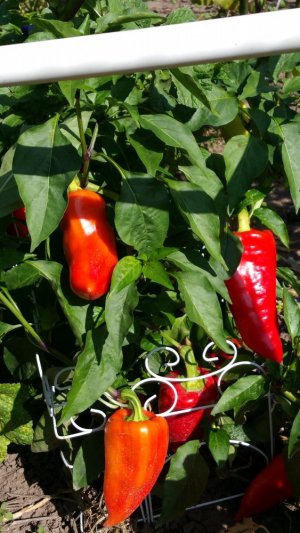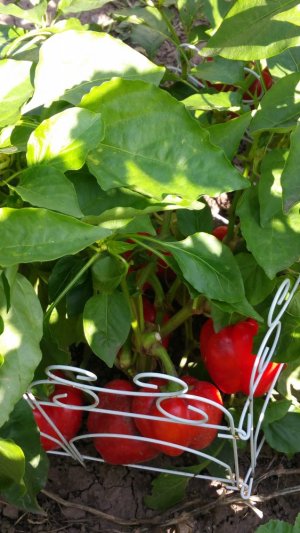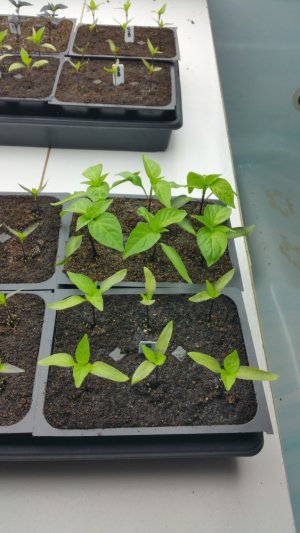heirloomgal
Garden Addicted
- Joined
- Jan 17, 2021
- Messages
- 5,023
- Reaction score
- 16,484
- Points
- 285
- Location
- Northern Ontario, Canada
What's PVP?Sugar Lace II was PVP
It seems like that to me. I read the wrinkles in 'sweet' tasting varieties, as opposed to the smooth seeds of not so sweet peas, are less hardy because of moisture settling in those wrinkles in cooler temps and causing rot. But I think there is more too it than that, because this year I kept them in a greenhouse, only slightly moist, and some still rotted. Little Crunch and Sugar Daddy haven't even sprouted yet, if they ever will....Perhaps the high sugar content translates to weaker seed, as it does with supersweet corn? It does well for me when planted in warm soil for a Fall harvest, but even then the germination rate has been disappointing. It seems to have poor seed longevity as well.
Survivors of an overzealous April gardener...with snow in the forecast for tomorrow



